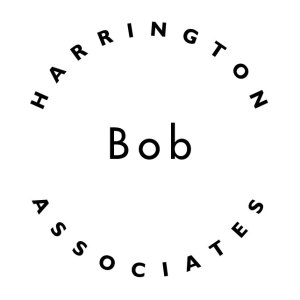Creating a job description is a key step in the hiring process. Employee job descriptions are written statements that describe the duties, responsibilities, required qualifications, and reporting relationships of a particular job. Based on a job analysis, they also include information about working conditions, tools, equipment used, knowledge and skills needed. Effectively developed, they are communication tools that can help an organizations be successful.
Why are job descriptions needed?
- Provide Clarity – what exactly will the person in this job be responsible for and how does it affect everyone else in the organization. Avoid overlapping responsibilities and minutiae. People need to know exactly what they can count on.
- Provide Justification – detailing the job components helps to justify the role and the need to be budgeted.
- Create Expectations – for the individual filling the job and for the entire organization.
- Determine Job Classification – by understanding the level of responsibility, the salary range can be fairly set.
What are the minimum components of a job description?
- Header – title, department, reporting relationship, supervisory responsibilities, job level.
- Brief Overview – a summary description of the role.
- Responsibilities – a listing of specific duties.
- Requirements – a list of qualifications e.g. education, travel, years of related experience, etc.
Examples
Below are 8 examples/templates that should help you prepare your own job descriptions when necessary. Click each linked job title for easy access.
- VP Operations
- Quality Assurance Manager
- Product Manager
- Prepress Director
- Sales Manager
- Director of Engineering
- Electrical Engineer
- Key Account Manager
Job descriptions are a very important part of the hiring process providing clarity to the role and helping the hiring team to focus on what is required for a successful hire.
Bob Harrington Associates has been in the executive search business for 20 years and can help you find the best people for your business.
